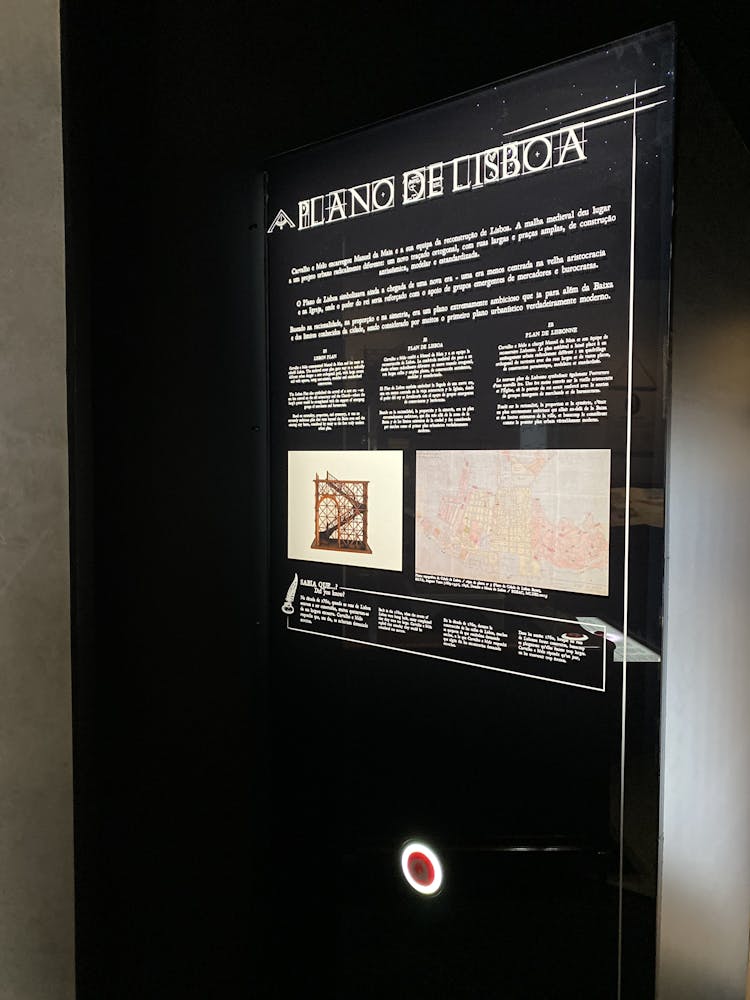Share
Chaos. That’s the only word to describe what it was like in Lisbon right after the quakes. Desperate screams for help rang throughout the streets and from under the rubble of the fallen homes. Those who survived the shaking, wandered the streets covered in blood and dust, trying to navigate through the rubble and the corpses in the streets. As many streets became unrecognisable, it was more difficult to make progress in the city. Men, women, and children from all walks of life cried desperately while looking among the debris for family and friends. Others were trying to save important objects, either for their value or for what they meant. This caused tension between those who only wanted to save their lives and those who wanted to save things dear to their heart. Everywhere, frightened horses ran, trampling the dead and wounded. Even people who could stand and walk were confused and seeking refuge.
The fires broke out all over the city. Some say they started in the Rossio area, others that they began in the bakeries, the truth is that it spread so quickly that it was impossible to control. Afraid of the landslides and the spreading fire, many people fled to the open spaces near the river. There, they were vulnerable to the waters of the tsunami that followed the earthquake; caught by surprise, they died instantly. Others were lucky enough to find their relatives alive among the rubble, as was the case Ratton, the famous businessman.
After the tsunami, the shocked survivors fled to the upper parts of the city, leaving the terrifying scene behind - a desert of ash, death, and ruins. In the city centre, the fire burned for days, and rubble covered the streets. Only when the fires were completely extinguished did work begin on clearing the streets. Then the signs of this terrible search appeared. People walked through the rubble with baskets, gathering their belongings, which attracted thieves. Hunger and cold raged among the disoriented survivors. There was a shortage of horses, which had been butchered to fight hunger.
In Rato, survivors tore down olive trees, fed fires to keep warm, and destroyed some gardens. The city devoured itself to survive. Among the ruins, forced workers could be seen dragging their shackles on the embankments, exhausted by the effort, and sometimes victims of landslides. There was a shortage of water and many did not change their clothes for months. The tremors continued for several weeks, fuelling the chaos and despair of the survivors. As a result, many refused to sleep under the few roofs that remained. They preferred to pitch tents in gardens and farms outside the city, and even on the grounds of the Palace of Belém, where the royal family had taken refuge. On the first night, fires were lit to cook chickens, caught in the backyards. The noise of the flames was terrifying. Shouts and howls of dogs could be heard in the distance.
Many noblemen opened their gardens to the townspeople where they erected tents made of sheets. Queen D. Mariana Vitoria and her daughters sewed clothes and unravelled cloths for bandages. The king was so scared of sleeping under a roof that he refused to sleep anywhere else but a tent in the days immediately after the quake. Over time, the tent became quite luxurious—with a wooden structure and even light masonry work—and became known as the “Royal Hut”.
The wounded were laid out on beds of leaves and helped by available surgeons, but also barbers, monks, and simple volunteers. Meanwhile, in the midst of the chaos, the search for survivors continued. Many people were found after nine days and some without injuries. The injured survivors were taken to different makeshift hospitals in the gardens of noble houses or in huts in Rossio. The bad conditions led to yet another catastrophe, when in the floods of early December 1755 some wounded people drowned. As for the corpses, in the days immediately after the earthquake, they were covered with lime, pitch and tar, and the fire was set on open-air cremations. The fear of devastating epidemics called for this radical solution.
The fear of new earthquakes and the fact that many streets were uninhabitable facilitated the return of fires in abandoned areas. Some thieves took advantage of the confusion to steal whatever property they could, braving the flames and death to steal. Horror knew no limits and many thieves amputated limbs from the dead to take their rings and necklaces. They managed to disguise themselves as nobles, wearing the stolen clothes, which made dissimulation easier. When caught, they were severely punished for their crimes. The king's orders arrived, with summary hanging. 34 people were hung in the first weeks: 11 Portuguese, 10 Castilians, 5 Irish, 3 Savoys, 1 Polish, 1 Flemish and 1 Moor.
The bodies remained hanging for days, warning passers-by that law and order prevailed in the city. Not all were hanged, and many were condemned to clear the rubble, joining those condemned to the galleys, who were led there by the Duke of Lafões. Valuables were gathered up and handed over to the owners, upon proof of ownership.

The Royal Chapel of King John V was elevated to the rank of Patriarchal Basilica in 1716, but it was not until 1739 that its long-awaited expansion began. New works had started in 1740, as before, under the direction of the chief architect of the kingdom, the German, Ludovice. These works included interventions in the main points of the monument and the adjacent patriarchal palace. This work was never completed, as the earthquake of 1755 destroyed it all.
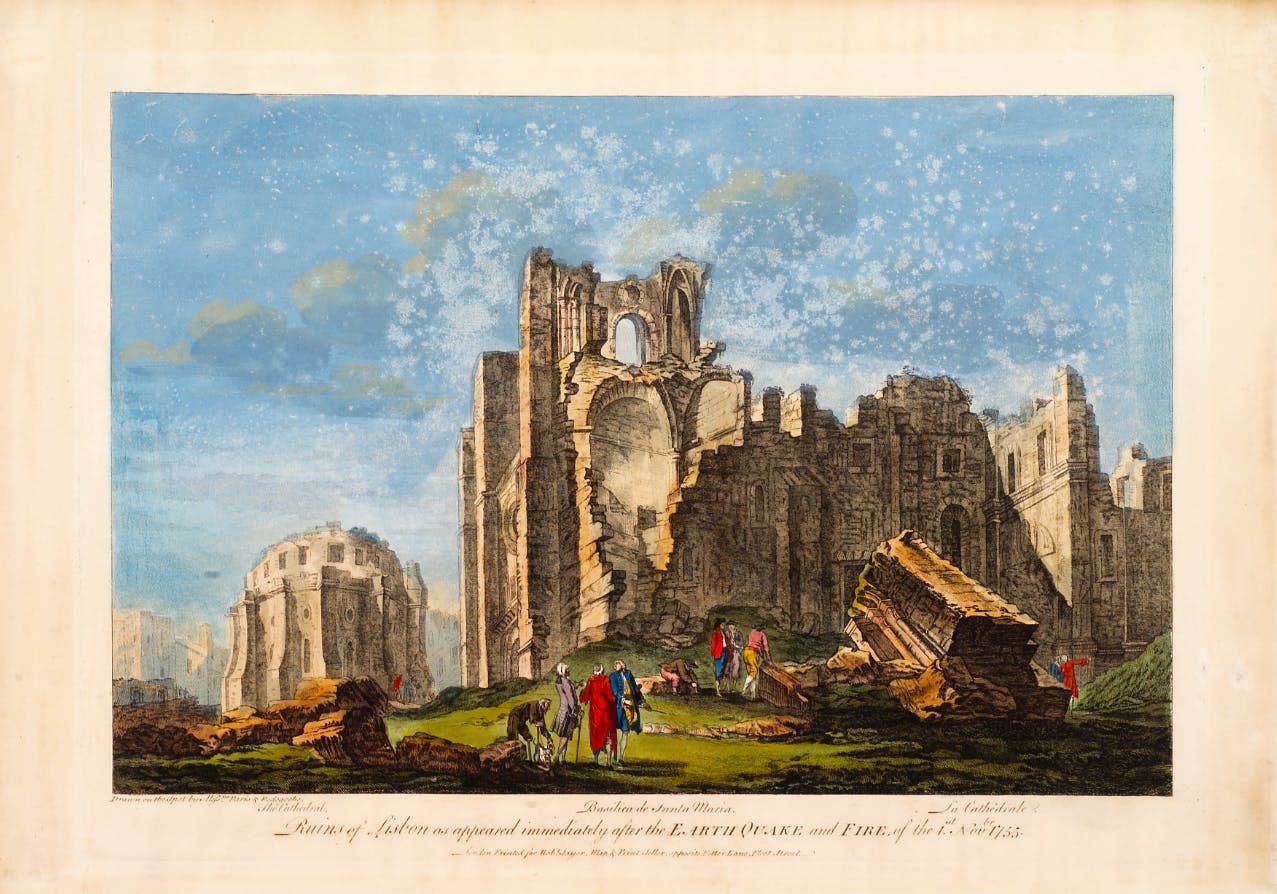
Engraving representing the ruins of the Santa Maria Basilica. Better known today as Santa Maria Maggiore of Lisbon or Lisbon Cathedral, it was rebuilt after the earthquake. It is the oldest church in Lisbon, as its construction dates back to 1147, at the time of the Christian Reconquista. It was probably built on the old and main Muslim mosque of Lisbon.
Continue Exploring
Museu da Cidade:
Colecao de 6 gravuras: Igreja de S. Paulo; Basílica de Santa Maria; Igreja de S. Nicolau; Praça da Patriarcal; Casa da Ópera; Torre de S. Roque chamada vulgarmente Torre de Patriarcal
A Basílica Patriarcal de D. João V (1716-1755):
“A Encomenda Prodigiosa”
Visita guiada à Sé de Lisboa (vídeo):
Sé de Lisboa:
Lisboa pré-terramoto (Cidade 3D):
https://lisbon-pre-1755-earthquake.org/visite-lisboa-1755-em-mundo-virtual/
Museu de Lisboa (Terreiro do Paço 3D):
Imagens Ópera do Tejo:
https://www.museudelisboa.pt/pt/colecoes/maquetes/lisboa-antes-do-terramoto-de-1755
Bibliography
Maria BOŞTENARU-DAN, «The Earthquakes and The Tsunami Of 1755 and 2004, Historic Accidents?», Bulletin of the Polytechnic Institute of Iasi, vol. 60, nº 3, 2010, pp. 107-120.
Isabel Maria Barreira de CAMPOS, O grande terramoto (1755), Parceria, 2005.
Arnaldo Pinto CARDOSO, O terrível terramoto da cidade que foi Lisboacorrespondência do Núncio Fillipo Acciaiuoli: Arquivos secretos do Vaticano, Alétheia, 2013.
Suzanne CHANTAL, A Vida Quotidiana em Portugal ao Tempo do Terramoto, Livros do Brasil, s/d.
David K. CHESTER, «The 1755 Lisbon earthquake», Progress in Physical Geography, 25, 3, 2001, pp. 363-383.
João Duarte FONSECA, 1755, O Terramoto de Lisboa, Argumentum, 2005.
Immanuel KANT, Escritos sobre o Terramoto de Lisboa, Edições Almedina, 2005.
Ana Cristina LEITE, «Vestígios do Terramoto de 1755 em Lisboa, Contibutos da Arqueologia» Rossio-estudos de Lisboa, nº 3, Câmara Municipal de Lisboa, 2014, pp. 88-101.
Mark MOLESKY, «The Vicar and the Earthquake: Conflict, Controversy, and a Christening during the Great Lisbon Disaster of 1755», E-Journal of Portuguese History, vol. 10, number 2, 2012, pp. 76, 94.
Nuno Gonçalo MONTEIRO, «Sebastião José e o Terramoto: entre o governo da casas e o governo do reino», O Terramoto de 1755: Impactos históricos, Livros Horizonte, 2007.
Rui TAVARES, O Pequeno Livro do Grande Terramoto, Tinta da China, 2009.
O grande terramoto de Lisboa, 1755, 4 volumes, Fundação Luso-Americana para o Desenvolvimento-Público, 2005.
Show other RFID points
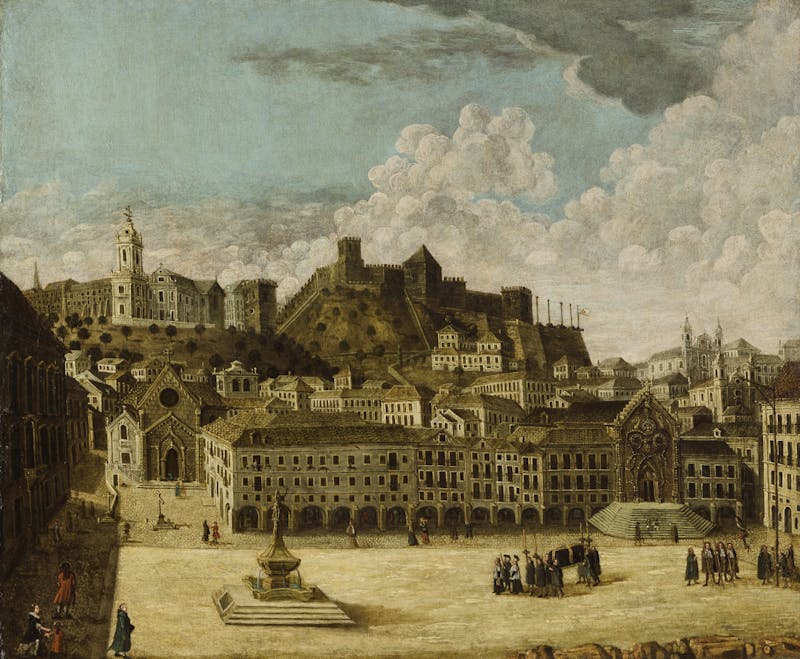
Lisbon 1755 - A city of contrasts
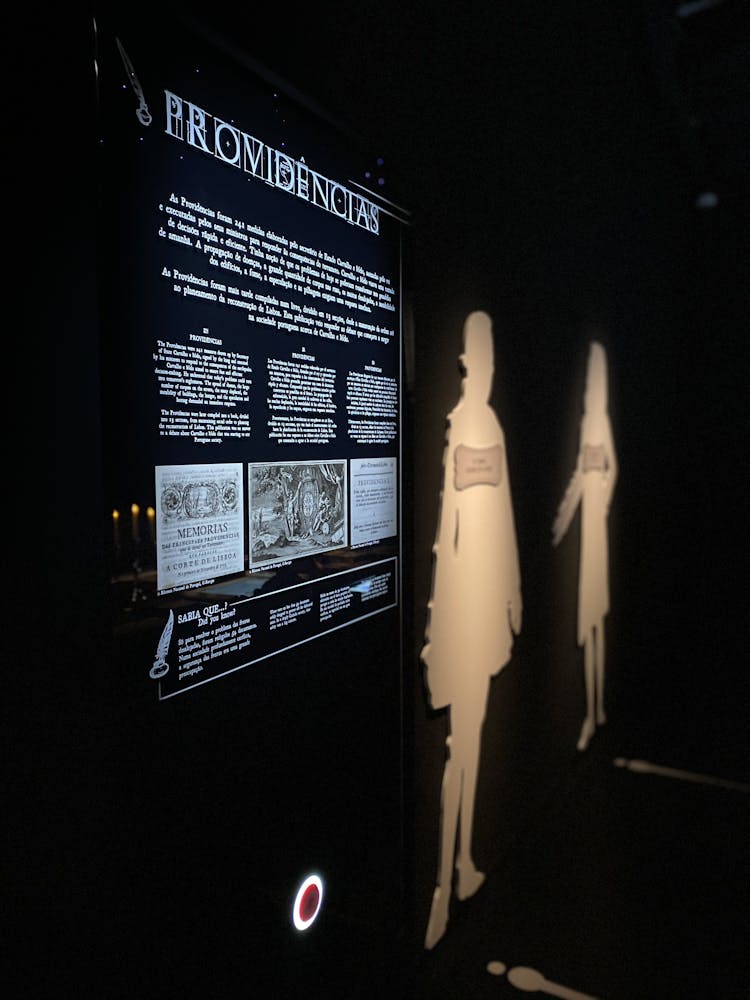
Providências

The German merchant
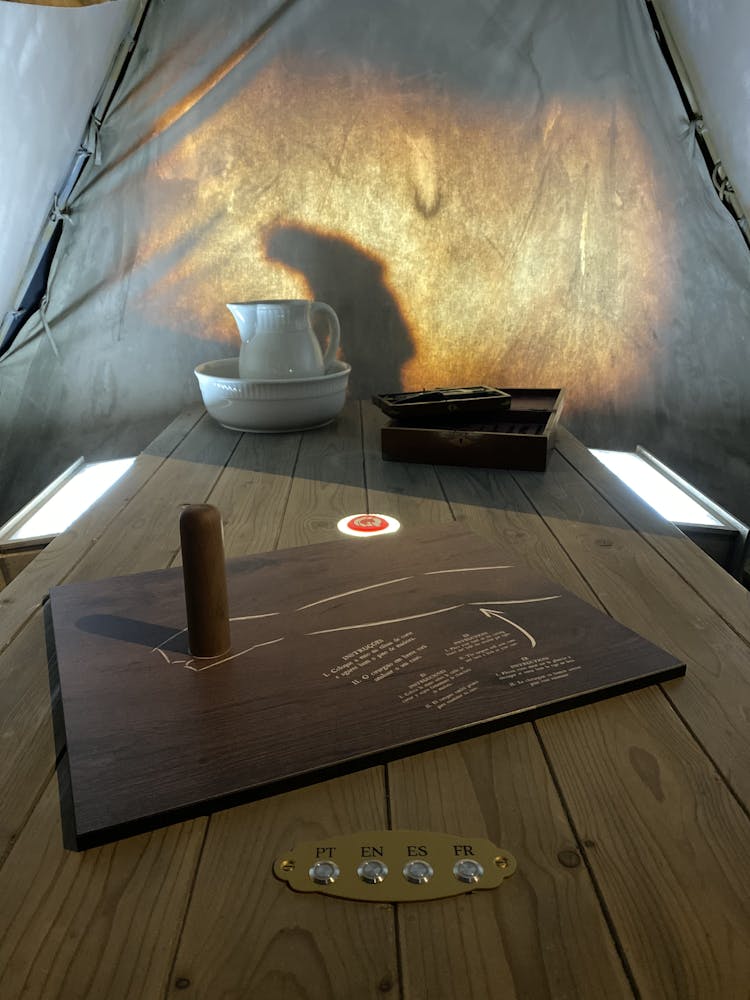
Surgeon Bleeding Barber
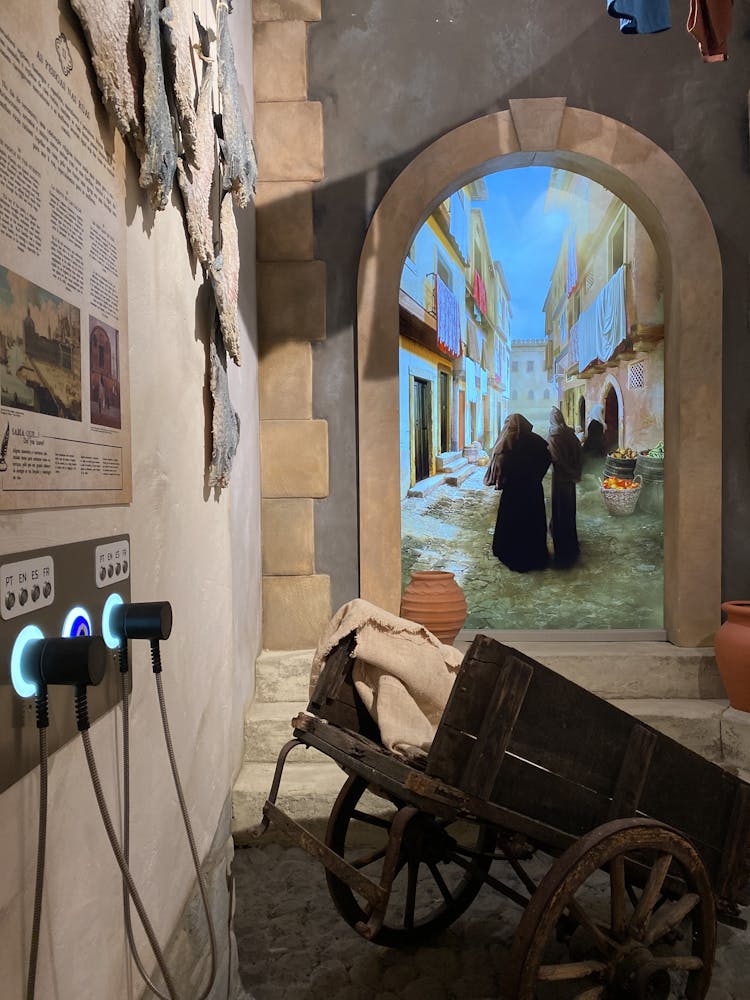
The people in the streets
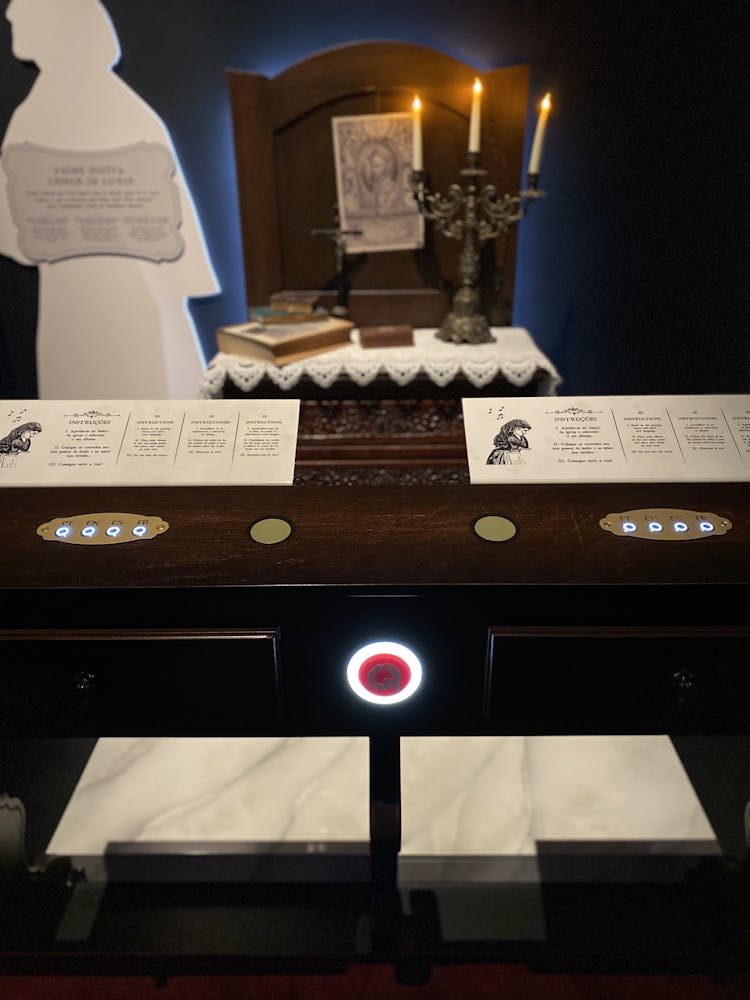
Jesuit book censor Priest
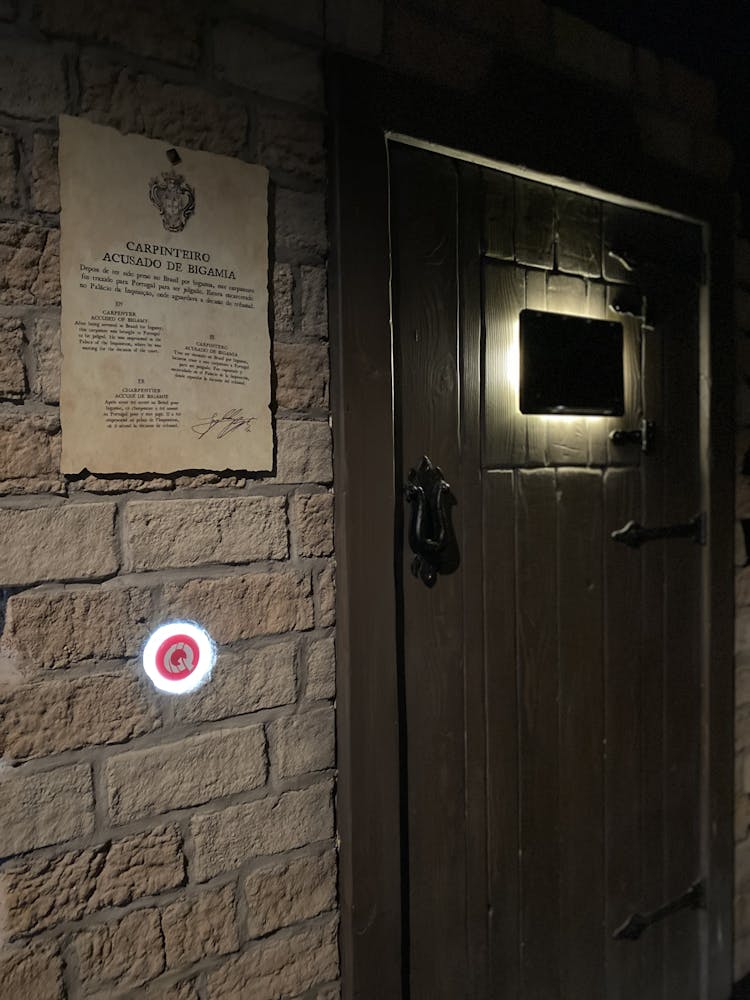
Carpenter accused of bigamy
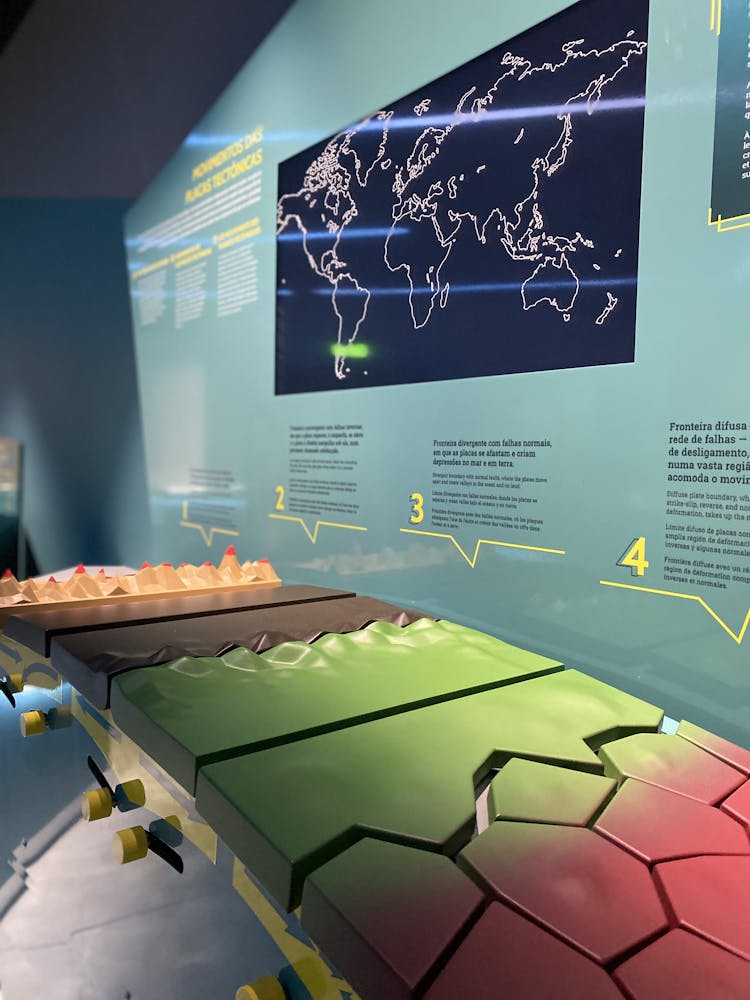
Tectonic Plates and Moving Plates
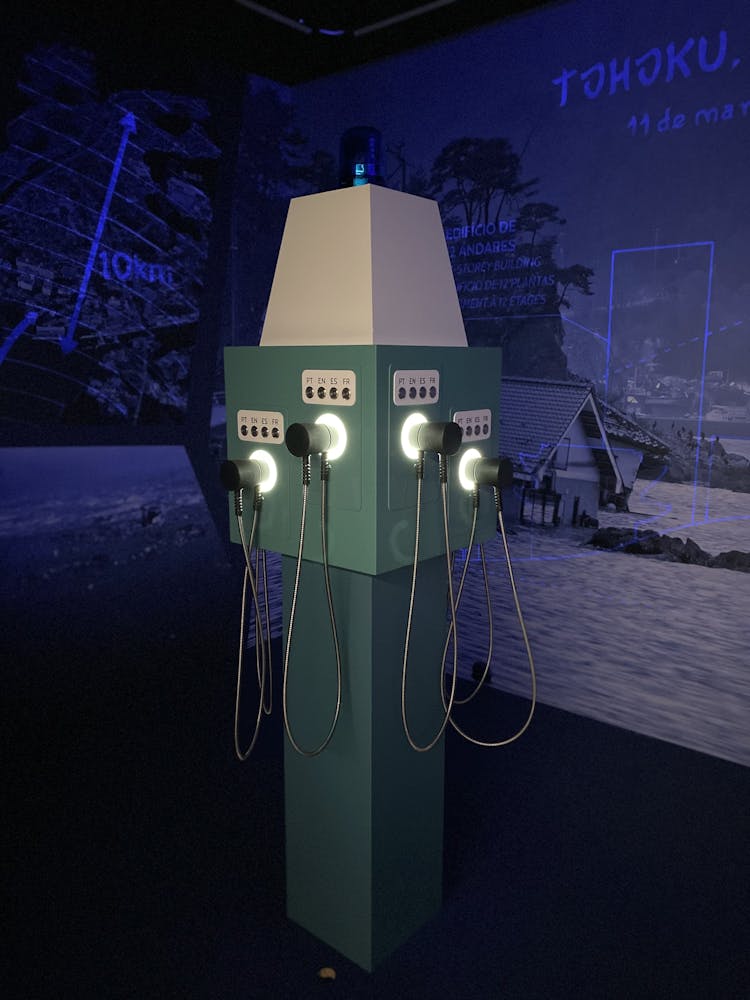
San Francisco and Tohoku
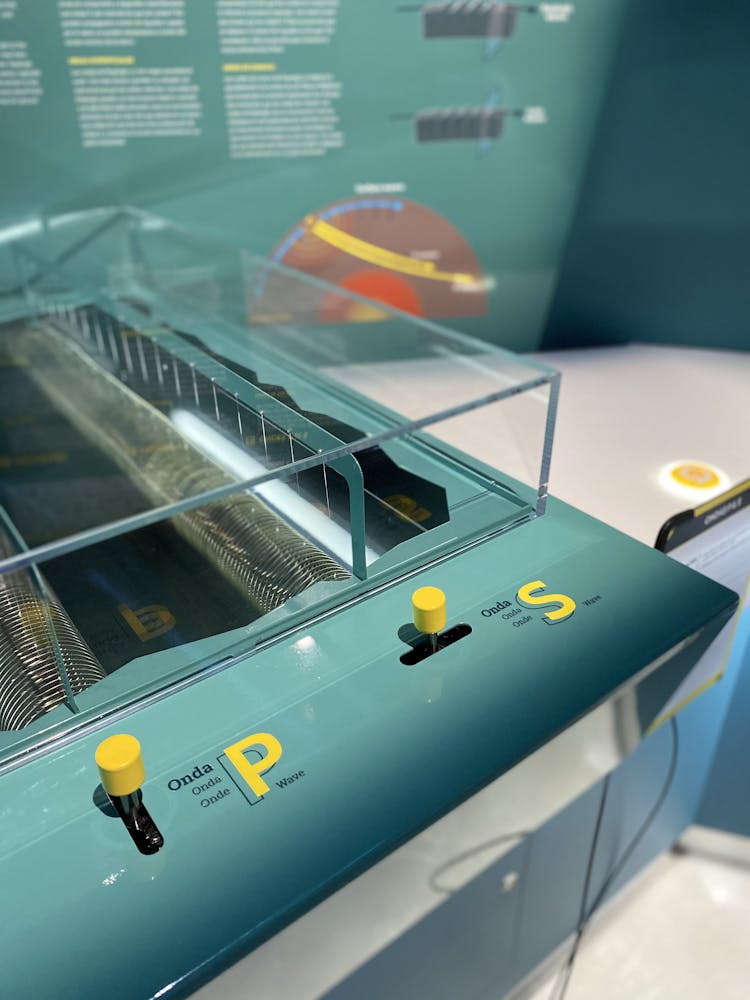
P&S Waves
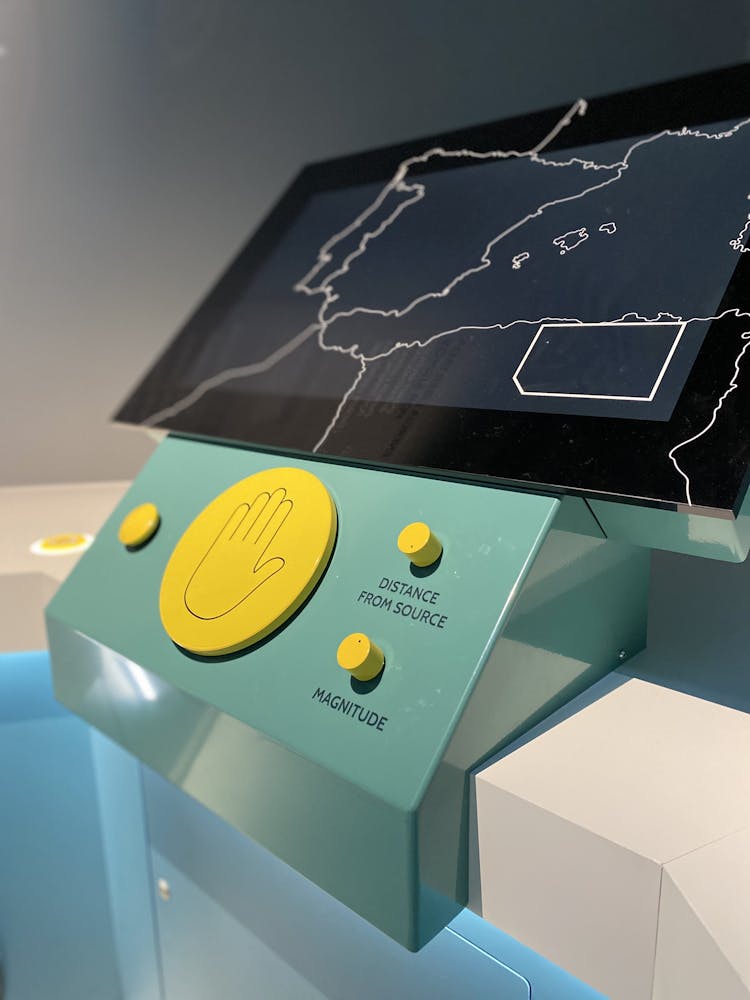
The Size of an Earthquake
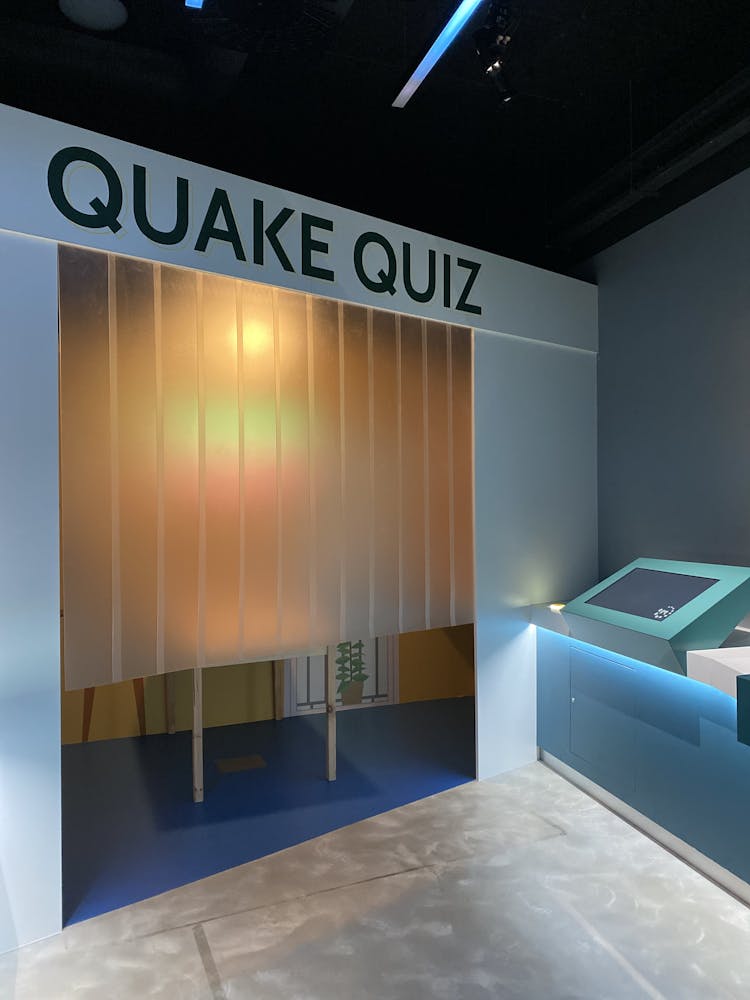
Are we prepared for the next one?
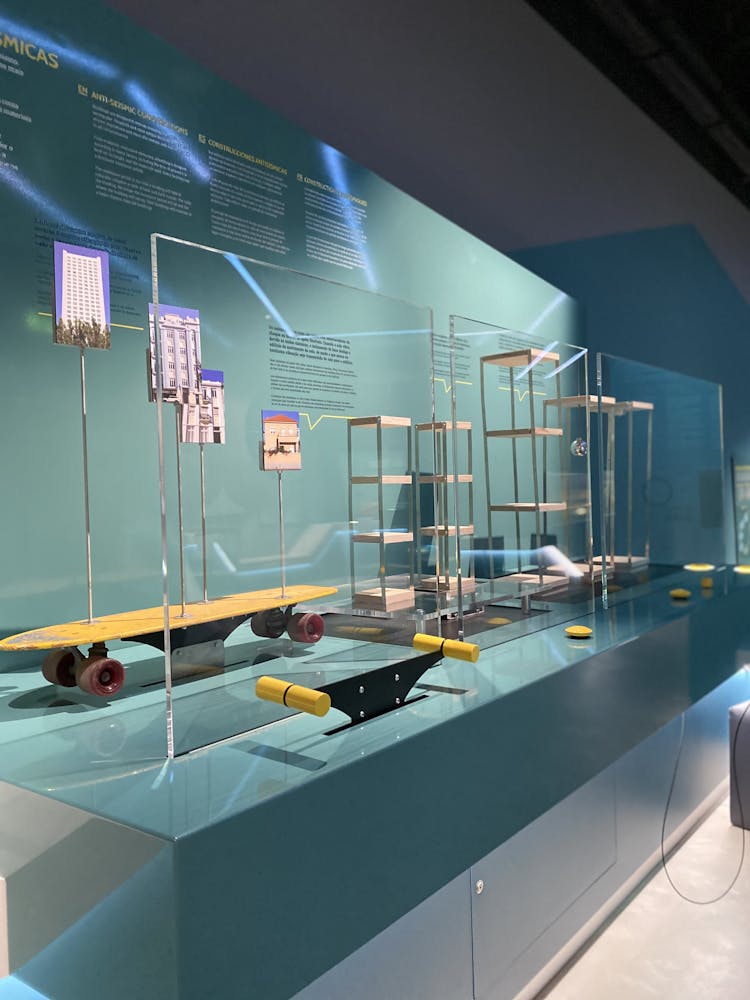
Anti Seismic Constructions
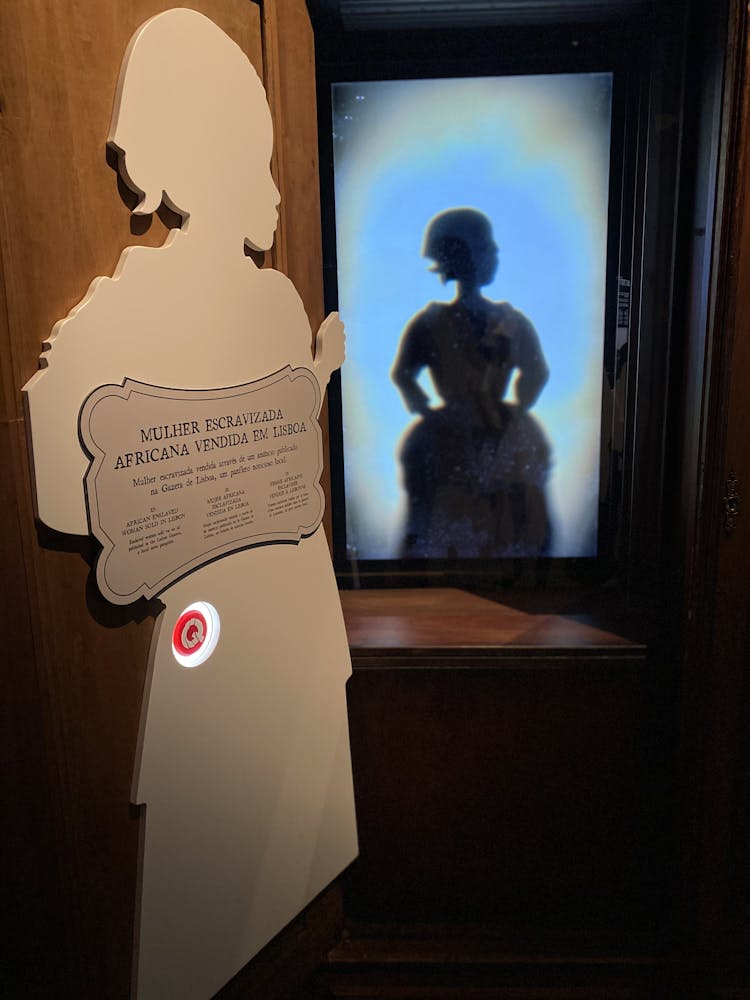
African enslaved woman bought in Lisbon
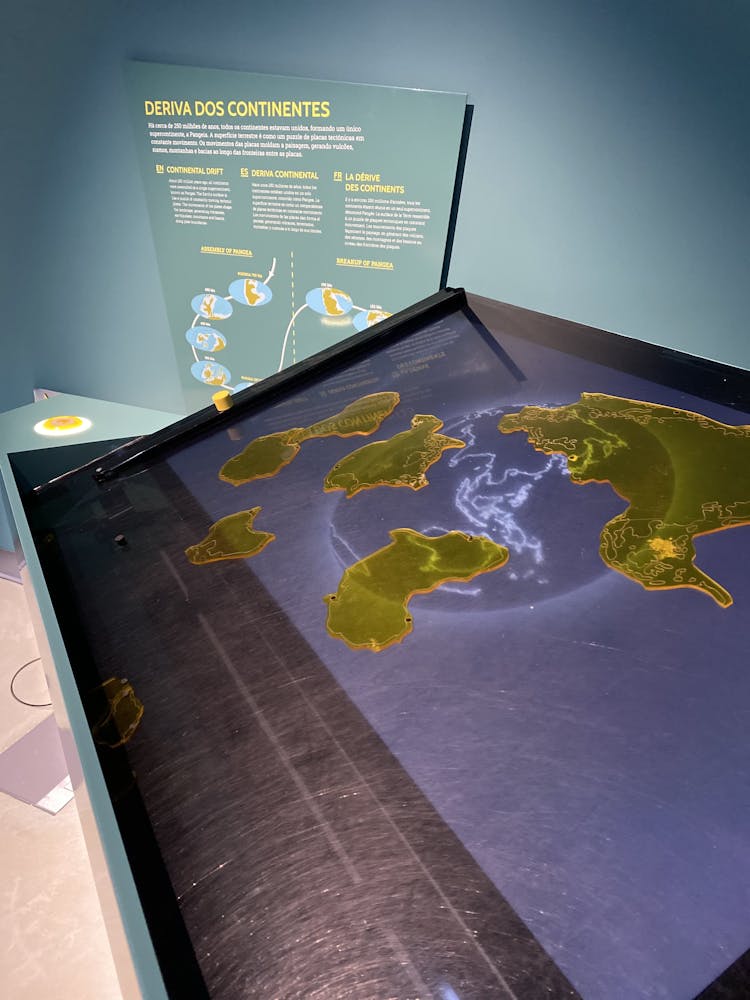
Continental Drift
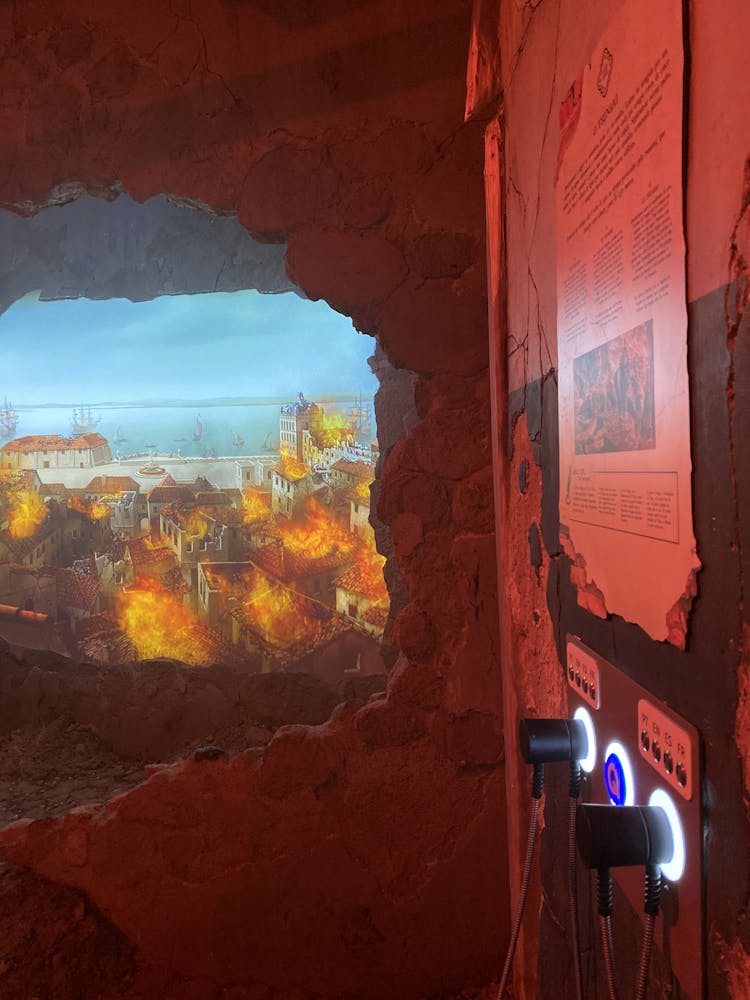
The Tsunami

Seismometer
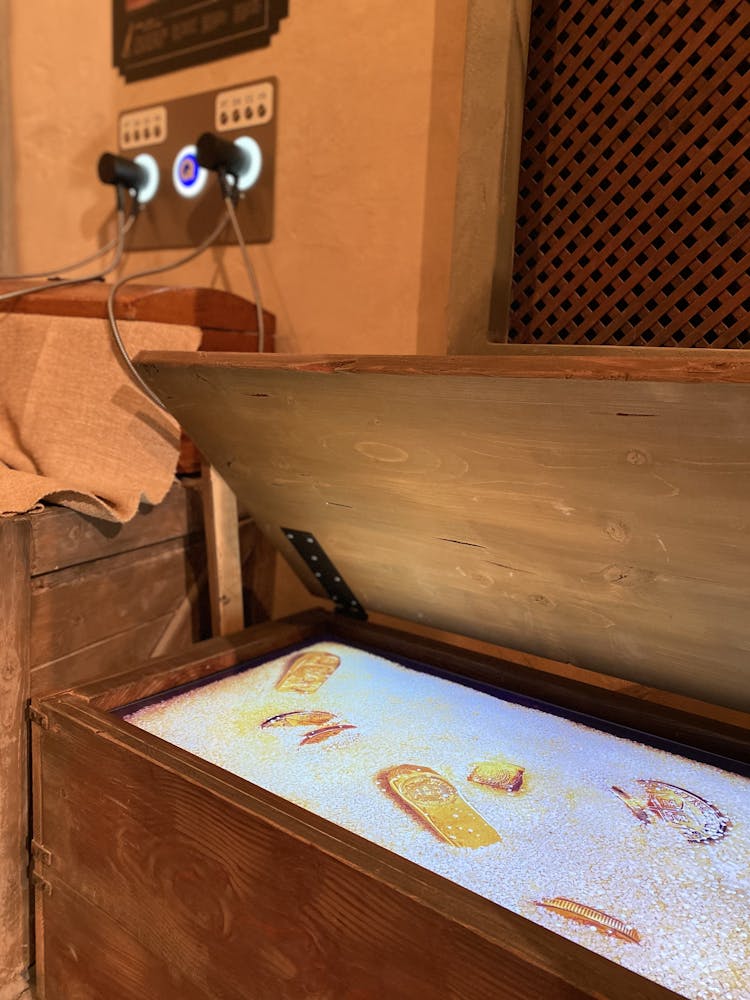
Richness of the city and gold smuggling
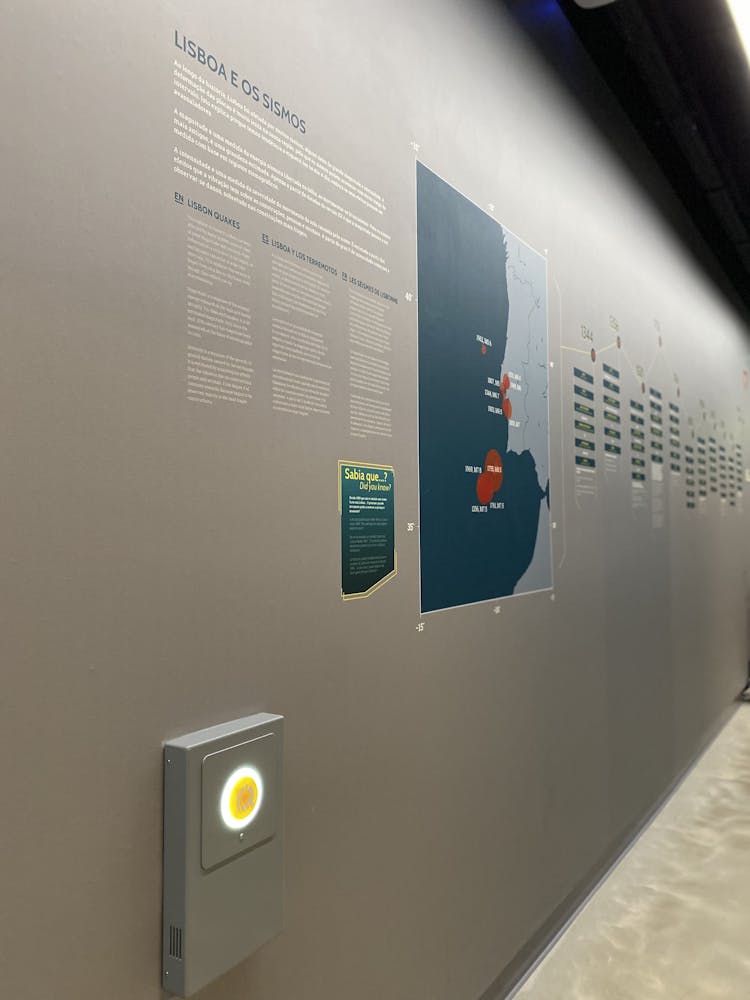
Portugal Tectonics and Lisbon Quakes

How the fires started and propagated
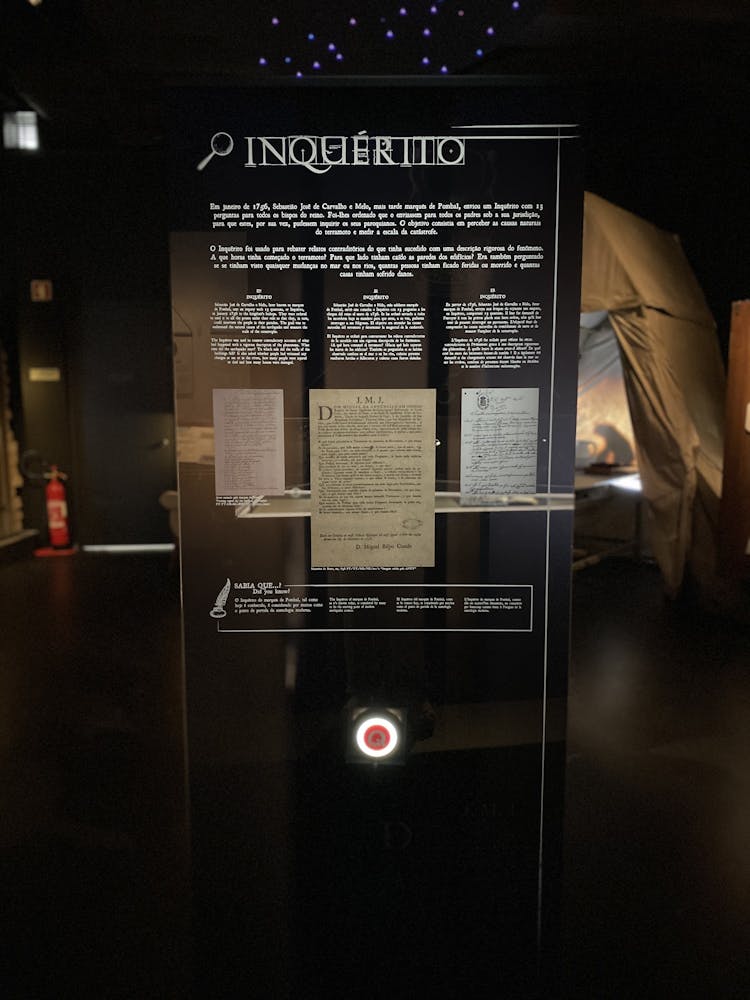
Inquérito
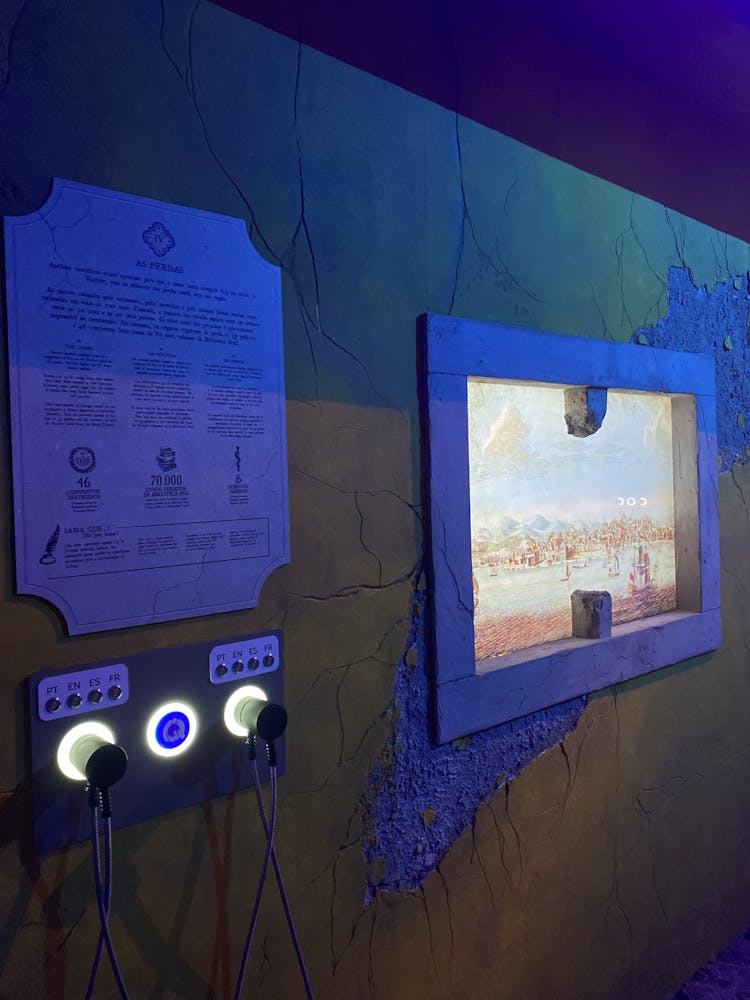
The losses
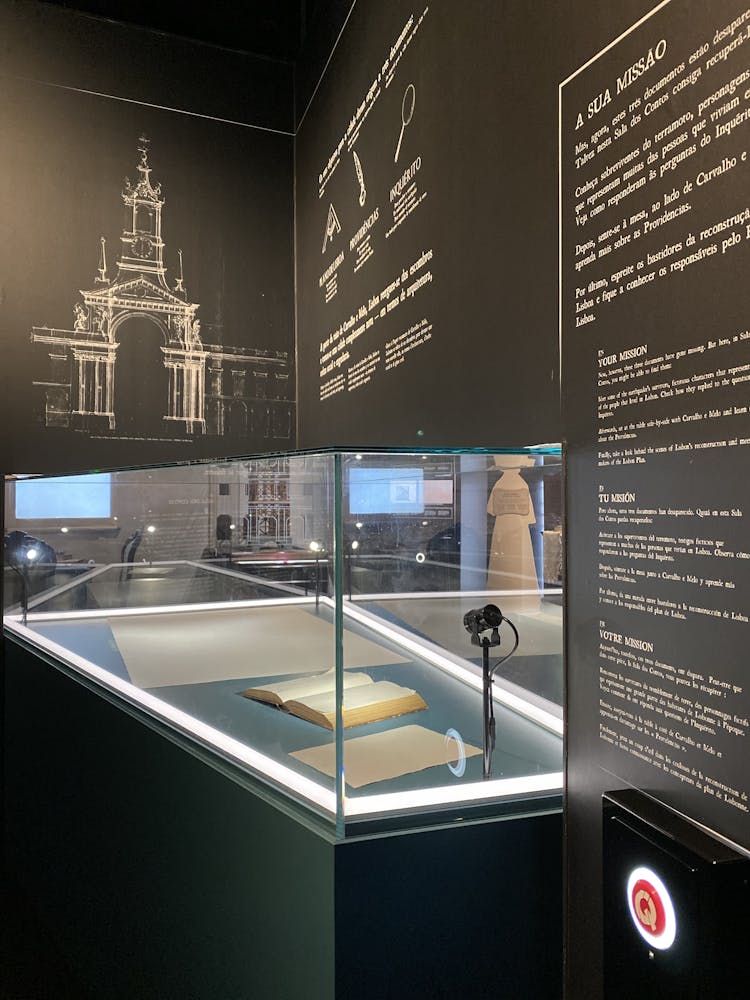
The three missing documents
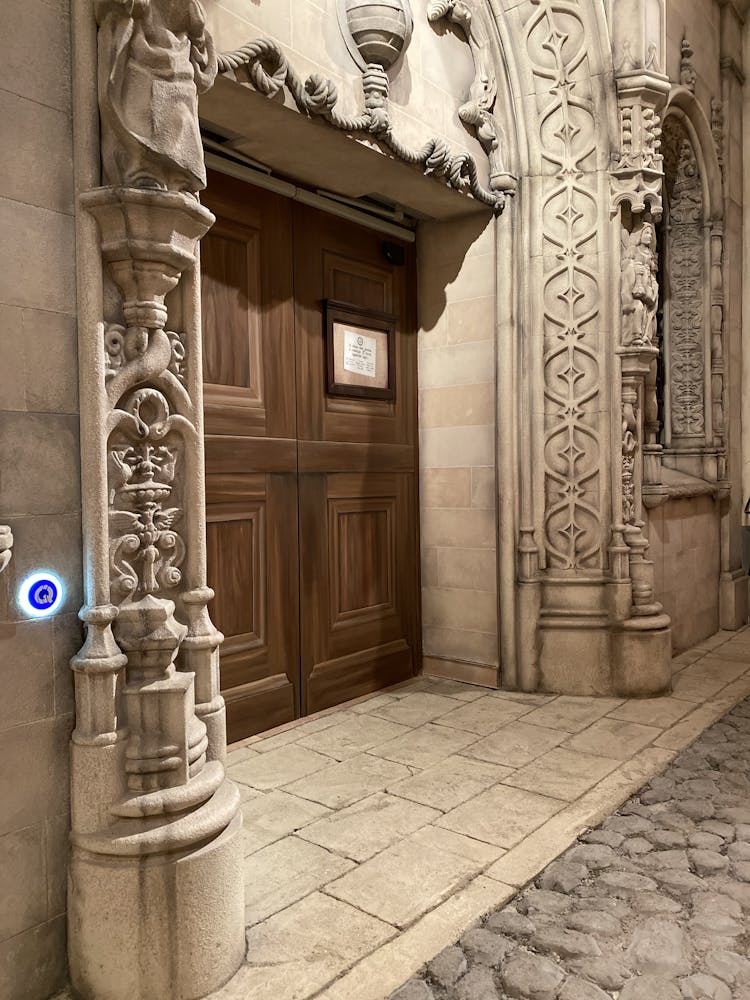
Traditional Rite Masses
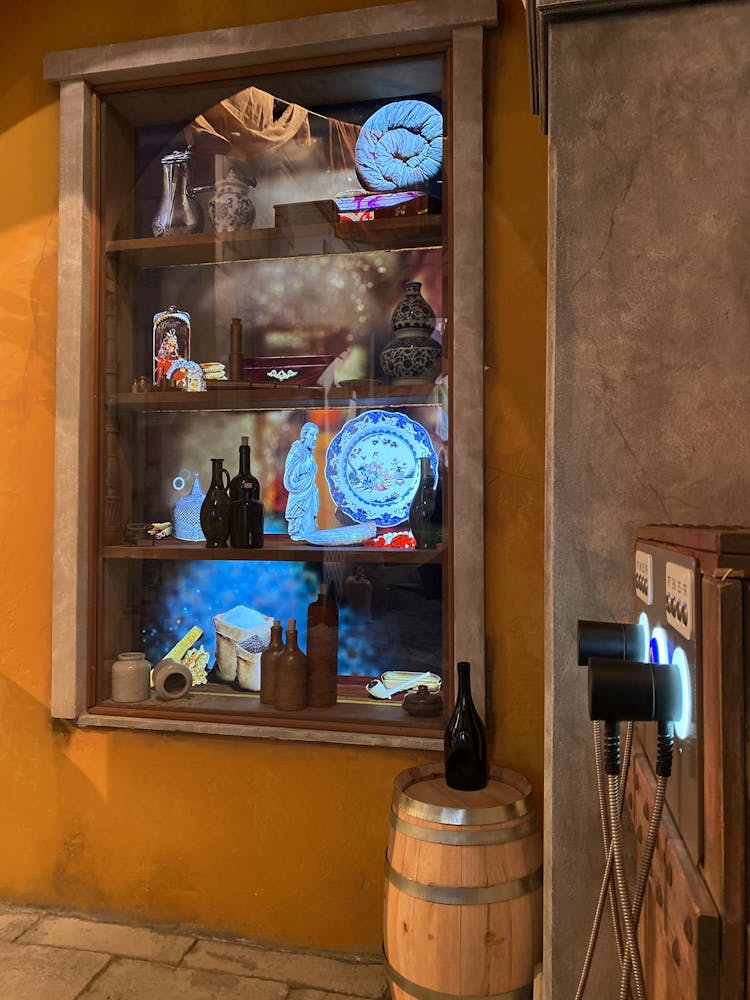
The connection with the colonized territories
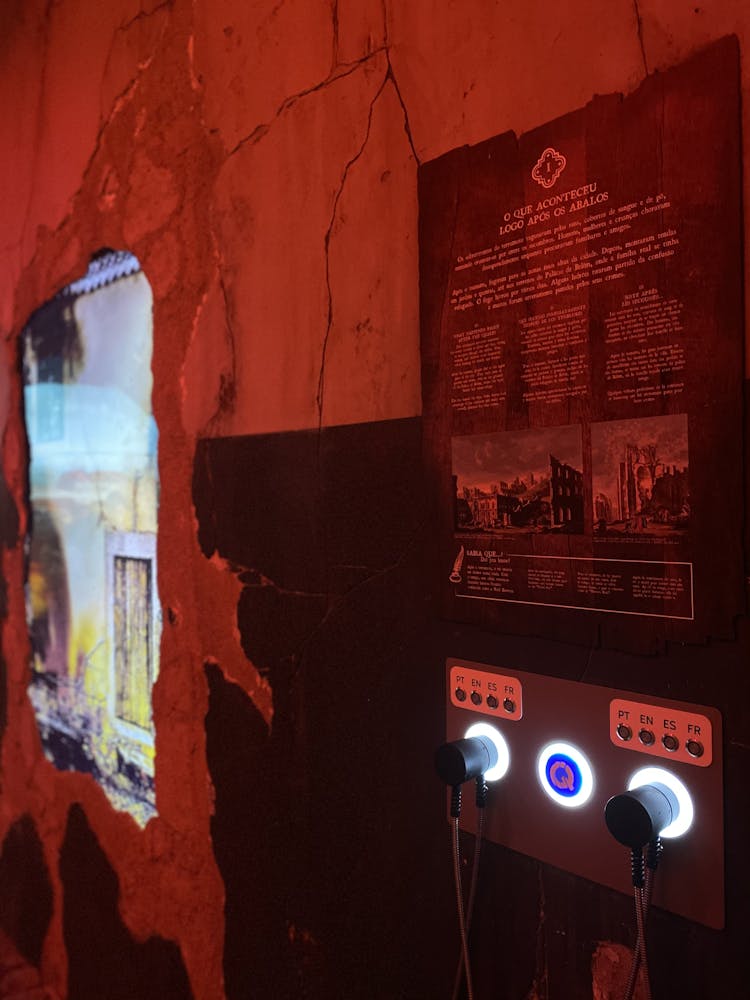
What happened right after the quakes
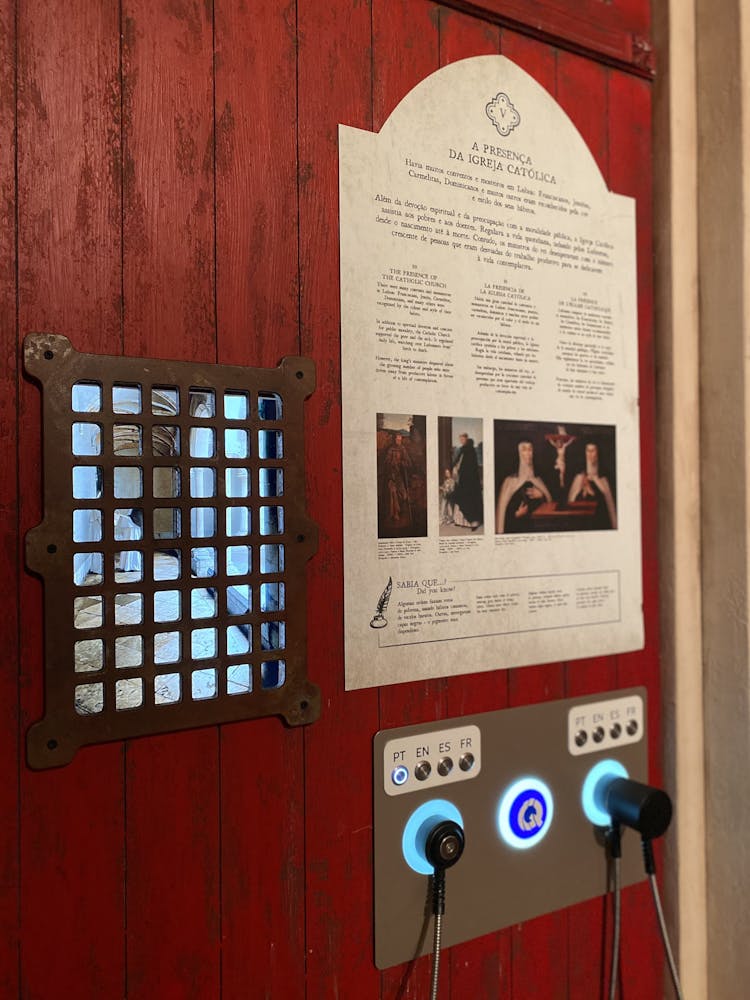
Presence of the Catholic Church
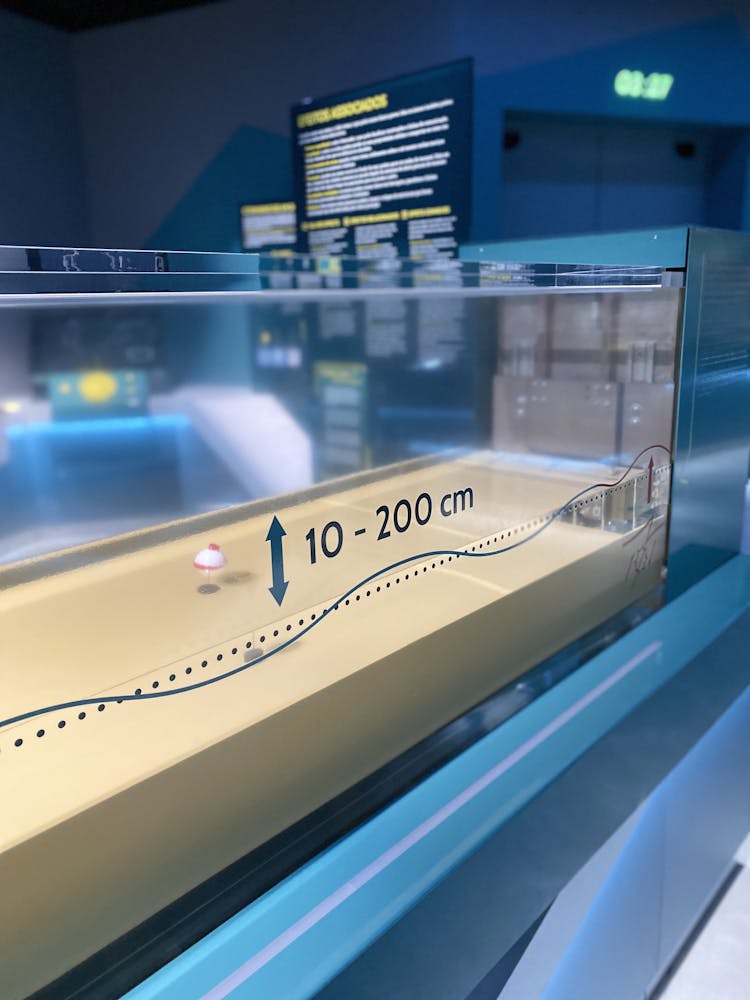
Related Effects

The King's Ministers
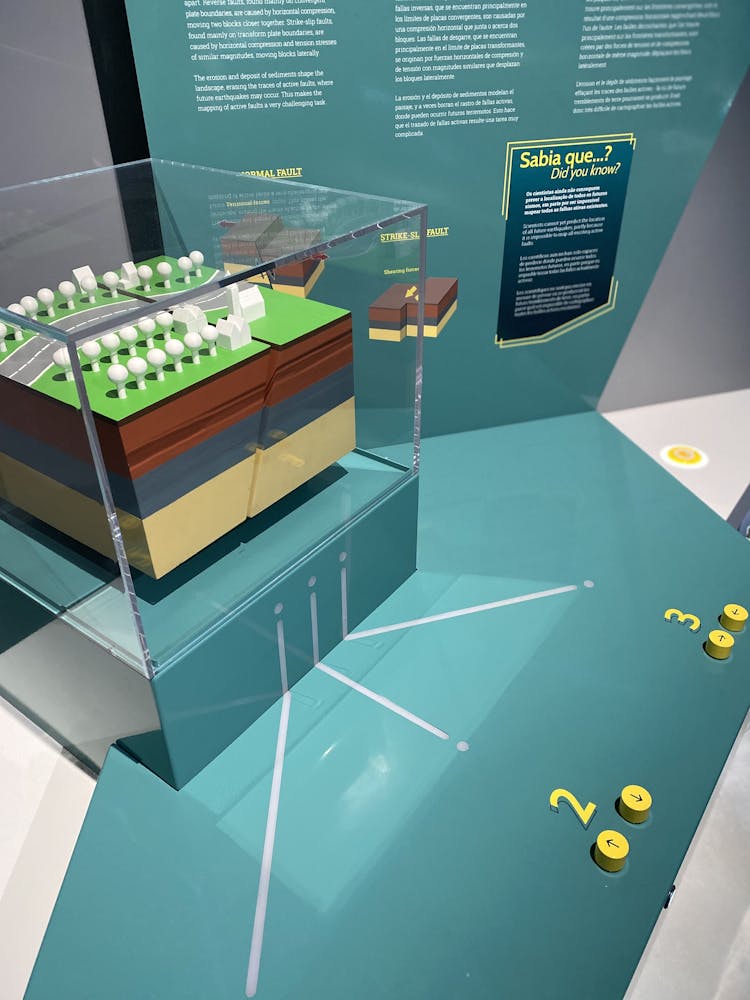
Earthquakes and Faults
